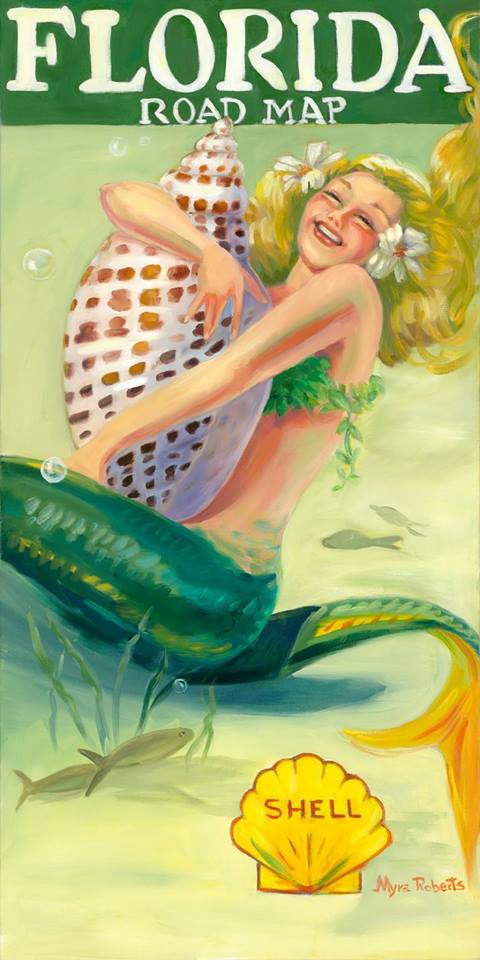- Home
- Tourist Attractions
- Ocala National Forest
OCALA NATIONAL FOREST
By Mike Miller Updated July 4, 2024
The Ocala National Forest is a sprawling wilderness area in central Florida covering over 600 square miles of land and is one of the oldest and largest national forests in the continental United States.
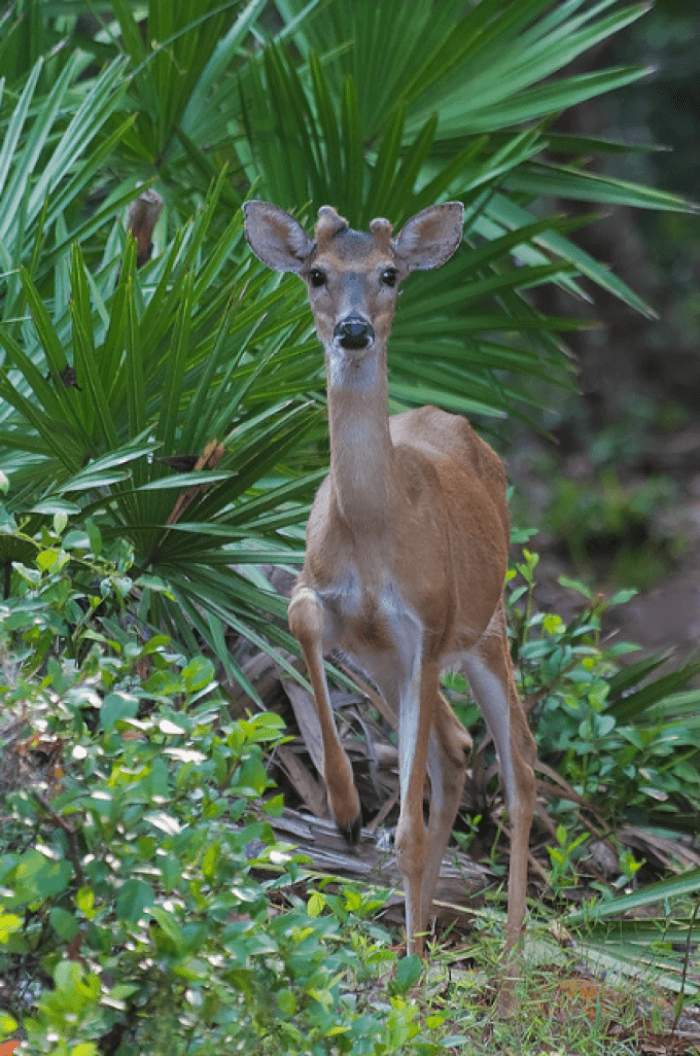 Young Buck Deer in Ocala National Forest
Young Buck Deer in Ocala National ForestFlickr/Matthew Paulson
This southermost national forest is a popular destination for outdoor enthusiasts who come to explore its many hiking trails, campgrounds, and natural springs.
HISTORY OF OCALA NATIONAL FOREST
The history of the Ocala National Forest dates back to the early 1900s, when the state of Florida began to experience a significant decline in its timber resources.
The state government recognized the need to protect its remaining forests from overexploitation and began to explore options for creating a national forest in the area.
In 1908, President Theodore Roosevelt established the Ocala National Forest by executive order, making it one of the first national forests in the United States.
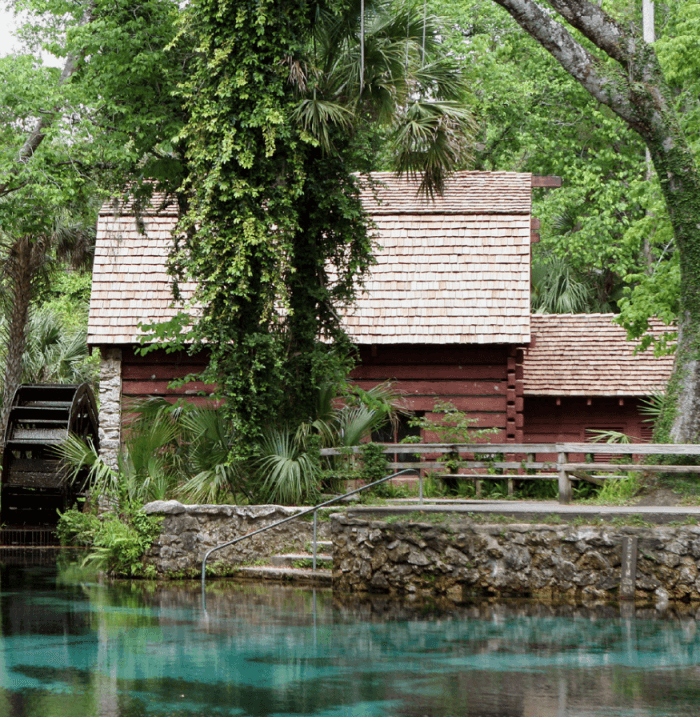 Juniper Springs Old Mill House
Juniper Springs Old Mill HouseFlickr/annoldent
The creation of the forest was a major milestone in the conservation movement which sought to protect America's natural resources for future generations.
At the time of its creation, the Ocala National Forest was primarily composed of degraded and overused land that had been heavily logged and cleared for agriculture.
Most of the land was in Marion County, with tracts also in Lake County and Putnam County.
The Forest Service, which was responsible for managing the new forest, embarked on an ambitious program of reforestation and conservation, planting millions of trees and implementing strict conservation practices to restore the health and vitality of the forest.
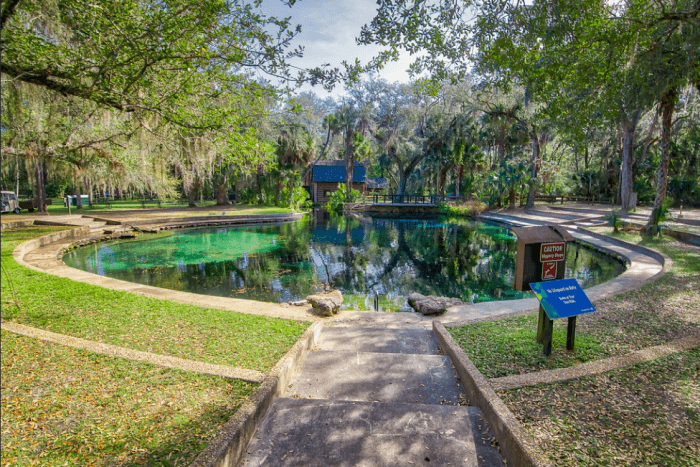 Juniper Springs Recreation Area
Juniper Springs Recreation AreaFlickr/Kelly Verdeck
Over the next several decades, the Ocala National Forest
continued to grow and evolve, with new recreation areas and facilities being
added to accommodate the growing number of visitors who came to explore the
forest's many natural wonders.
In 1933, the Civilian Conservation Corps (CCC) was established, and the young men who were enlisted in the program helped to build many of the park's most iconic structures, including the Juniper Springs Recreation Area and the Lake Delancy West Campground.
Today, the Ocala National Forest remains a popular destination for outdoor enthusiasts, with thousands of visitors coming to hike, camp, fish, and explore the forest's many natural wonders every year.
The forest is home to dozens of endangered and threatened species, including the Florida black bear and the red-cockaded woodpecker, and it is a vital habitat for a wide range of plants and animals.
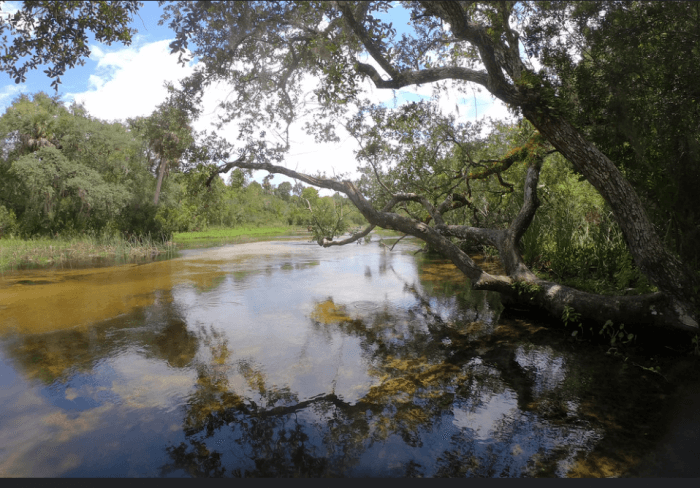 Juniper Springs
Juniper SpringsFlickr/Siddarth Machado
The creation of the Ocala National Forest was a major milestone in the history of conservation in the United States, and it serves as a reminder of the importance of protecting our natural resources for future generations.
Thanks to the tireless efforts of conservationists and environmental advocates over the past century, the Ocala National Forest remains a thriving ecosystem that is beloved by generations of visitors and residents alike.
PRIVATE LAND OWNERSHIP IN OCALA NATIONAL FOREST
While the Ocala National Forest is a public land managed by the United States Forest Service, private property ownership is allowed within the boundaries of the forest under certain conditions.
There are some private inholdings within the Ocala National Forest that were acquired by private individuals prior to the establishment of the forest or that were purchased by the Forest Service from willing sellers.
These private enclaves are generally allowed to remain and are subject to certain regulations, such as restrictions on development and activities that could cause damage to the forest ecosystem.
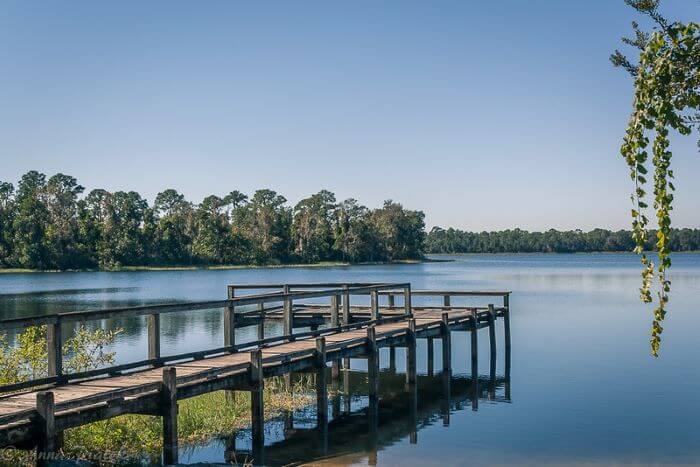 Dock on Lake in Ocala National Forest
Dock on Lake in Ocala National ForestFlickr/Anna Piatek
However, it is important to note that ownership of private
property within the Ocala National Forest does not grant the owner unrestricted
access or use of the forest.
Private property owners are still subject to federal regulations and may be required to obtain permits or follow certain rules and restrictions when using or accessing their property within the forest.
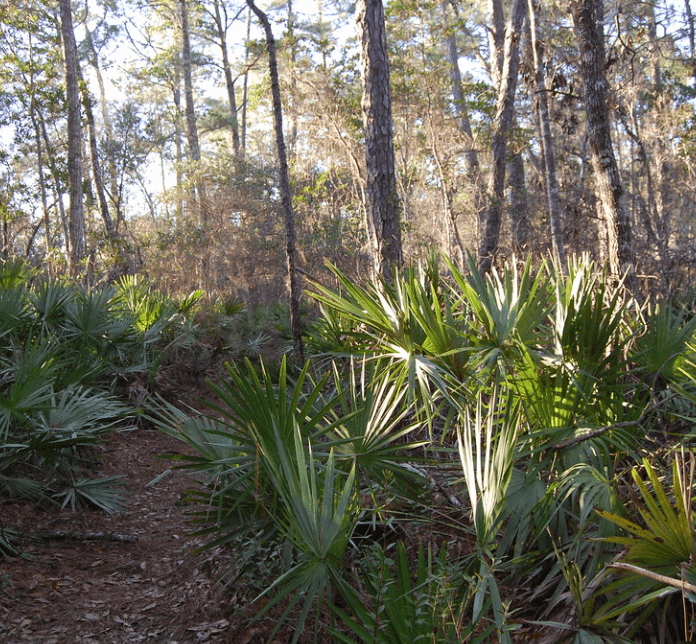 Typical Forest Scene
Typical Forest SceneFlickr/Marc Barrison
In addition, the Forest Service may also acquire private property within the Ocala National Forest through purchase or donation, with the goal of expanding the forest's boundaries and protecting its natural resources.
Private property owners within the forest are encouraged to work with the Forest Service to ensure that their activities are in compliance with federal regulations and to help preserve the ecological health and beauty of the forest for future generations.
ANIMALS IN OCALA NATIONAL FOREST
Here are some of the typical animals that can be found in the Ocala National Forest:
Black bear - The Ocala National Forest is home to a population of black bears, which can be seen foraging for food in the forest's many hardwood hammocks.
Alligator - The forest's numerous lakes, rivers, and wetlands are home to a large population of alligators, which are a common sight in the area. Lake George is home to many bull alligators. The lake is a large wide area on the St. Johns River.
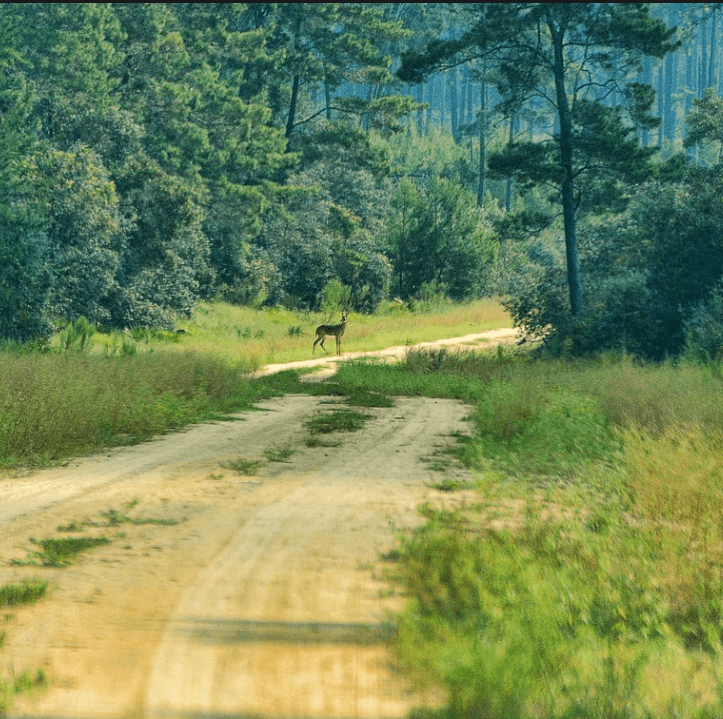 Deer in Road Ocala National Forest
Deer in Road Ocala National ForestFlickr/Trish Hartmann
White-tailed deer - One of the most iconic animals of the forest, the white-tailed deer is a common sight for visitors to the Ocala National Forest.
Wild turkey - The forest is also home to a population of wild turkeys, which can be seen foraging for food in the forest's open areas.
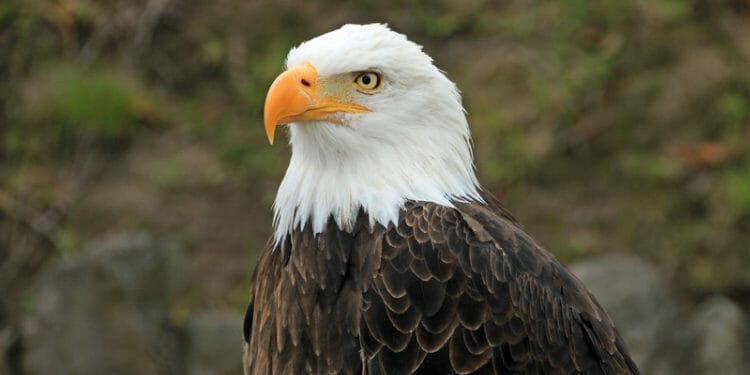 Bald Eagle
Bald EagleJames Morgan
Eagles - several eagle's nests have been spotted at various locations in the Ocala National Forest.
Gopher tortoises, a threatened species that has found a safe home in the forest.
Red-cockaded woodpeckers - The Ocala National Forest is one of the places in the United States where the endangered red-cockaded woodpecker can be found.
Osprey- love to fish in the many lakes including Lake George.
Many other birds can be studied at Florida Birds.
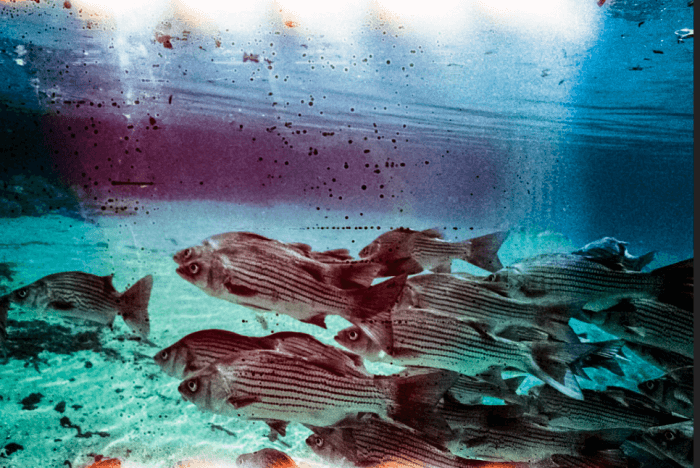 Fish in Silver Glen Springs
Fish in Silver Glen SpringsFlickr/anthony rue
Eastern diamondback
rattlesnake - The forest is also home to a number of venomous snakes, including
the eastern diamondback rattlesnake, which can be found in the forest's sand
pine scrub areas.
Florida panther - While sightings are rare, the Florida panther is known to inhabit the Ocala National Forest, and efforts are being made to protect and conserve this endangered species.
These are just a few examples of the many animals that call the Ocala National Forest home. Visitors to the forest are encouraged to keep a safe distance from wildlife and to respect their natural habitat by not disturbing or feeding them.
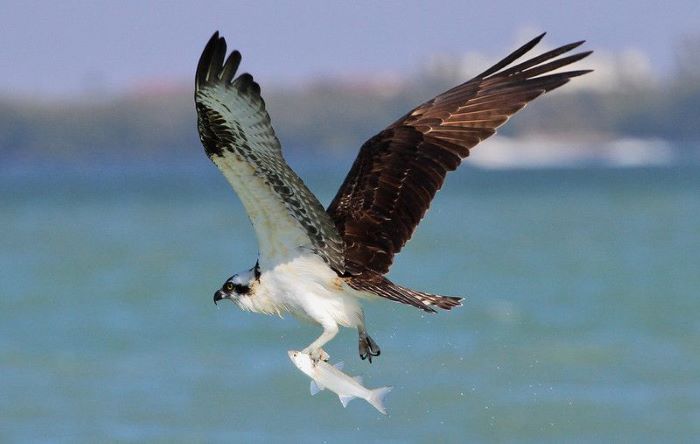 Osprey with Fish
Osprey with FishJames Morgan
INTERESTING THINGS TO DO AND SEE
IN OCALA NATIONAL FOREST
Here are some interesting things to do and see in the Ocala National Forest:
Hiking: There are miles of trails in the Ocala National Forest, ranging from easy to difficult. The Florida National Scenic Trail passes through the forest, offering a long-distance hiking experience. Other popular trails include the Juniper Springs Trail, the St. Francis Trail, and the Yearling Trail.
Swimming and Scuba Diving: The Ocala National Forest is home to several crystal-clear springs, which are perfect for swimming, snorkeling, and scuba diving. Some popular springs include Juniper Springs, Alexander Springs Recreation Area, and Silver Glen Springs.
Canoeing and kayaking: The Ocala National Forest has several rivers and lakes that are perfect for canoeing and kayaking. The Ocklawaha River and the Silver River are popular spots for paddling.
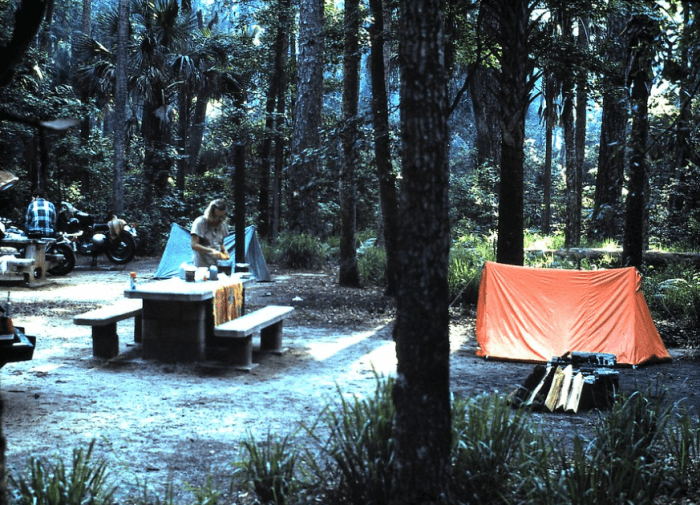 Campsite in Ocala National Forest
Campsite in Ocala National ForestFlickr/Ed
Camping: There are several campgrounds in the Ocala National Forest, ranging from primitive camping sites to RV-friendly campgrounds and tent camping sites. Some popular campgrounds include Juniper Springs, Salt Springs, Alexander Springs, and Clearwater Lake Recreation Area. The forest is also near Silver Springs State Park.
Wildlife viewing: The Ocala National Forest is home to a variety of wildlife, including black bears, deer, alligators, and numerous bird species. Keep your eyes open for these animals while exploring the forest. A good place so see many of these is in the Juniper Prairie Wilderness.
Fishing: The Ocala National Forest has many rivers, lakes, and streams that are perfect for fishing. Some popular fish species include bass, catfish, and bluegill.
Historical sites: The Ocala National Forest has several historic sites, including the Fort Gates Ferry, the Mill Dam at Hopkins Prairie, and the Farles Prairie Cabin.
Off-roading: The Ocala National Forest has several off-road trails that are popular with Jeep and ATV enthusiasts. The trails range from easy to difficult, so be sure to choose one that matches your skill level.
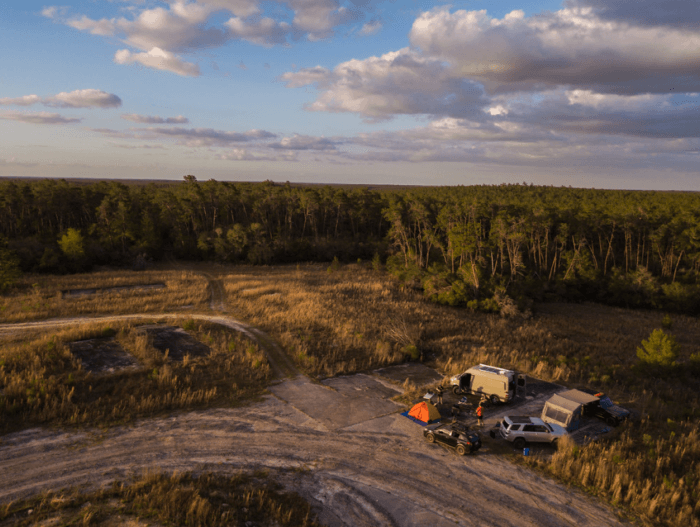 Vehicles and Tent in Ocala National Forest
Vehicles and Tent in Ocala National ForestFlickr/Grant Wilson
Horseback riding: There are several trails in the Ocala National Forest that are open to horseback riding. There is a popular trail at the Rodman Recreational Area.
Mountain biking: the many miles on unpaved sandy roads and trails and some areas of rolling terrian make for some great mountain biking experiences.
Scenic drives: The Ocala National Forest has several scenic drives that are perfect for taking in the beauty of the area. Some popular routes include State Road 19, State Road 40, and County Road 314A.
CRIME IN OCALA NATIONAL FOREST
While the forest is generally considered to be a safe and welcoming environment, visitors should always take precautions and be aware of their surroundings to avoid becoming a victim of crime.
CRIME PRECAUTIONS IN OCALA NATIONAL FOREST
INTERACTIVE MAP OCALA NATIONAL FOREST

Florida is the fastest-growing state in the United States and also the fastest-changing. If you see anything in this article that has changed or is in error, please let me know.
Thousands of Florida fans subscribe to our free daily Ezine, Florida Heritage Travel and we have 130,000 followers on Facebook.
By Mike Miller, Copyright 2009-2025
Florida-Back-Roads-Travel.com
Florida Back Roads Travel is not affiliated with or endorsed by Backroads, a California-based tour operator which arranges and conducts travel programs throughout the world.
